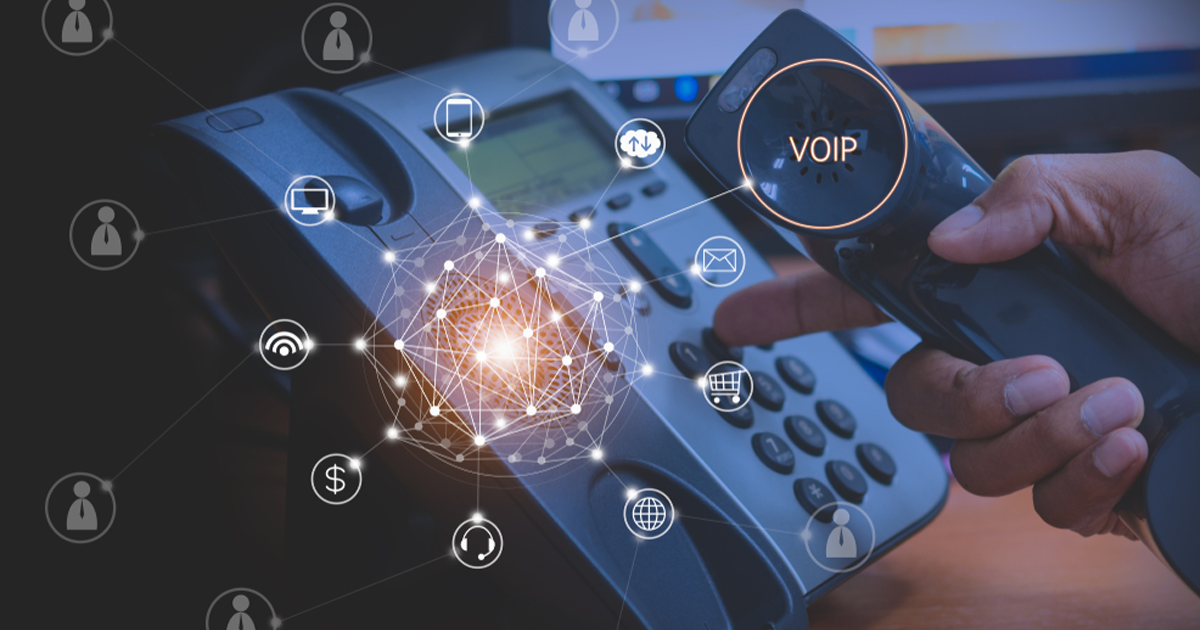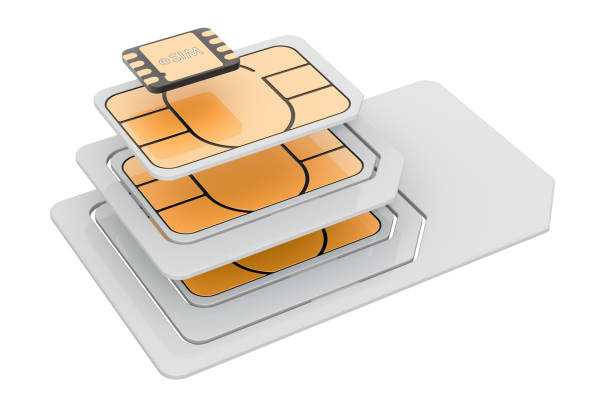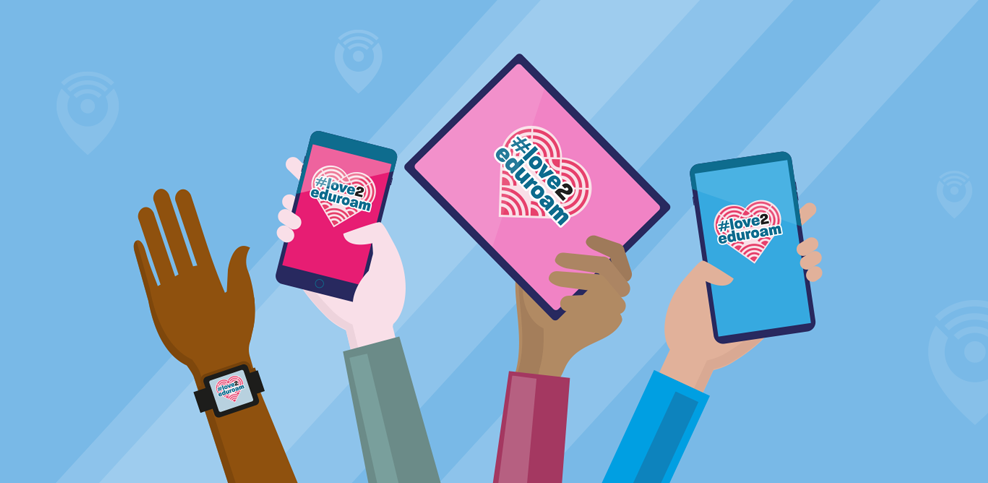

A invenção da telefonia revolucionou o mundo no final do século XIX e proporcionou a comunicação entre duas pessoas a longas distâncias, modernizando a forma como a humanidade interage atualmente. No entanto, no seu julgamento histórico, ainda não existe conformidade sobre quem de fato inventou o telefone. Talvez tenha sido Bell, talvez tenha sido Meucci.
Em 1973, surge o primeiro dispositivo móvel – o DynaTAC. Quase 100 anos após a descoberta da telefonia, a Motorola apresentou o protótipo inventado por Martin Cooper. Durante 10 anos a empresa foi desenvolvendo o dispositivo, comercializando o primeiro telemóvel em 1983 – o DynaTAC 8000X.
Com o avanço da internet e das comunicações de alta velocidade, nasce em 1995 o conceito VoIP (Voice over Internet Protocol). Pela primeira vez na história da telefonia, esta tecnologia permitia a utilização da infraestrutura de internet como um meio de comunicação por voz. O seu desenvolvimento tornou-se bastante atrativo, principalmente para empresas e provedores de serviço pela sua escalabilidade e poupança de custos infraestruturais.
O VoIP converte o sinal analógico (a nossa voz) em sinal digital. Através de protocolos de IP, são enviados vários pacotes de dados até ao destinatário, sendo possível comunicar para dispositivos móveis e fixos tais como telemóveis e computadores. A transmissão de vídeo com qualidade de imagem e áudio também se tornou possível.
Alguns protocolos de VoIP importantes em ter em mente são SIP, SDP, ENUM, H.323, PINT, RTP, SIMPLE. Posteriormente, serão publicados artigos sobre alguns destes protocolos.
Existem várias formas de realizar chamadas VoIP, tais como:
- Aplicações para computador ou smartphones (e.g: MsTeams, WhatsApp, Zoom e Skype);
- Softphones instalados nos computadores ou smartphones (e.g: 3CX, Linphone; Bria);
- Telefones IP (e.g: Cisco, Snom, Grandstream).
A versatilidade das funções ao dispor nos equipamentos VoIP chamou a atenção no mundo empresarial pela sua maior integração, redução de custos, flexibilidade, mobilidade e melhor gestão centralizada proporcionando uma revolução na era digital.











